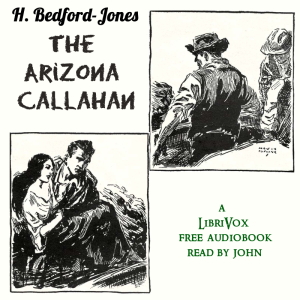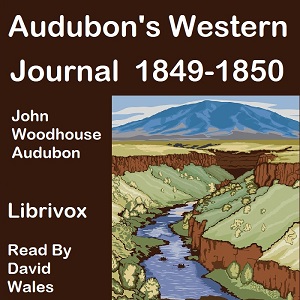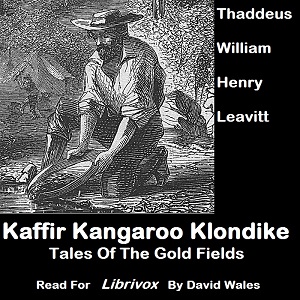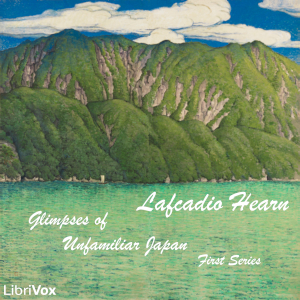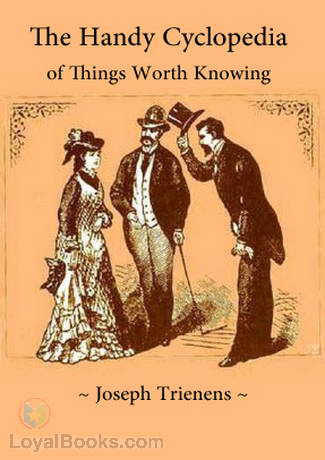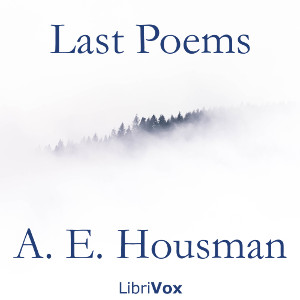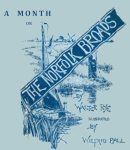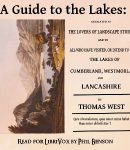In the late eighteenth century, English writers discovered the landscape, not only in the paintings of Claude Lorrain, Nicolas Poussin and Salvator Rosa, but also as a place to be visited and viewed as if it were a picture. No part of England was more discovered in this period than the Lake District, which was transformed over the course of the next century from a remote region of farmland and inaccessible hills into a wild and romantic landscape of picturesque lake and mountain, described in works such as Thomas West’s A guide to the Lakes (1778). West’s predecessors – Thomas Gray, Arthur Young, Thomas Pennant and William Hutchinson –had merely passed through the Lakes. West, a resident of the Lakes, took the reader on a tour of the district as a whole, visiting all the lakes, with the sole exception of Wastwater. A devotee of the Claude glass – a convex, tinted mirror in which the landscape appears as it might in a painting by Lorrain – West follows and improves upon Gray’s technique of identifying ‘stations’ from which the landscape would appear at its most picturesque. West’s guide remains something of a hybrid, however, with its lengthy antiquarian descriptions of the surrounding towns of Lancaster, Penrith and Kendal. – Summary by Phil Benson [chương_files]








